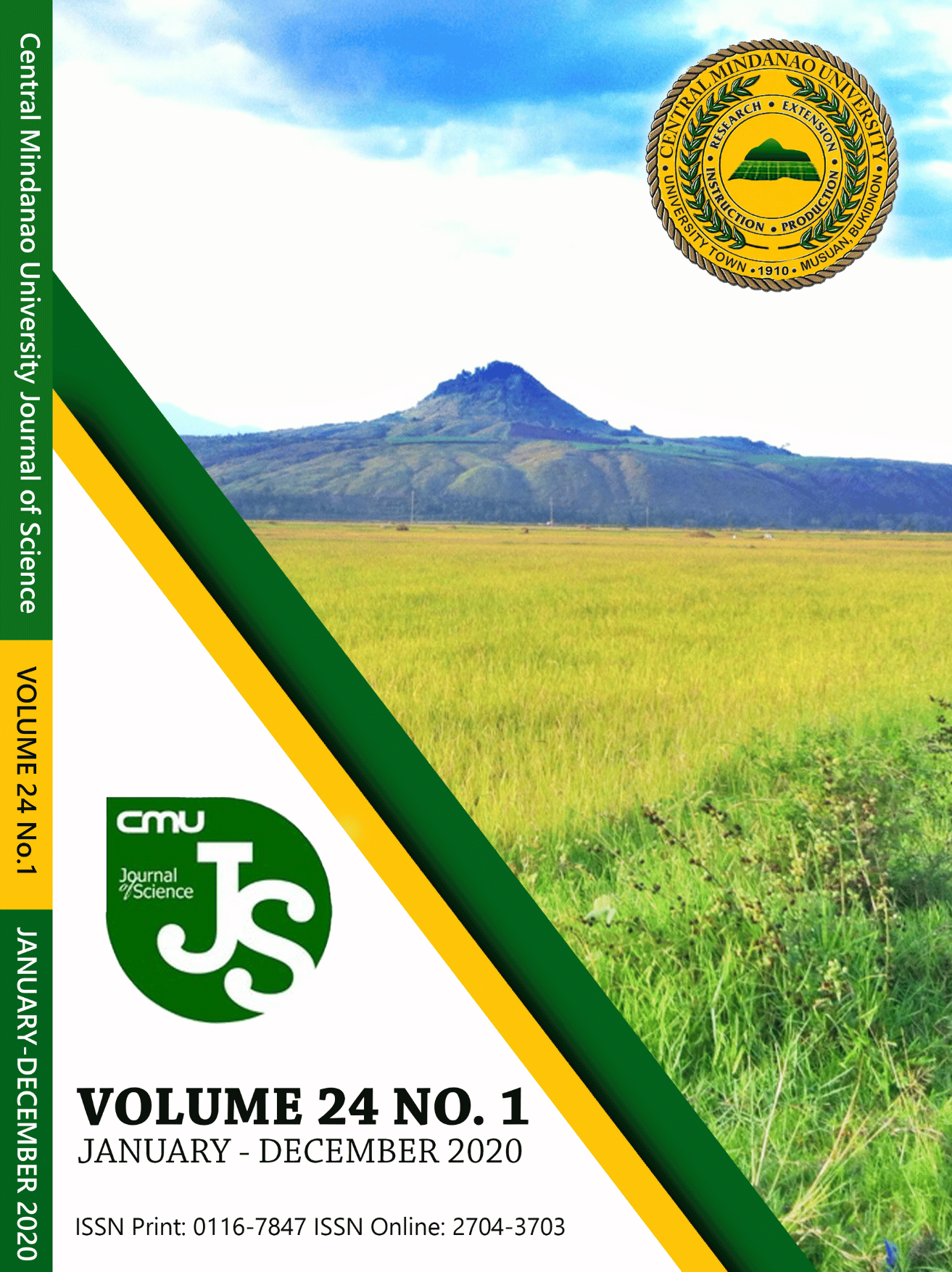Socioeconomic Status and Self-efficacy vis-a-vis Academic Performance
DOI:
https://doi.org/10.52751/ztpo3343Keywords:
socio economic status, self-efficacy, academic performanceAbstract
The purpose of the study was to determine the effects of socioeconomic factors (SES) and the level of selfefficacy in relation to the academic performance of high school students. The study utilized a descriptive survey method using correlational design to analyze the data collected. Prior to the study, letters were given each to the division office, school head, parents, and children. Upon approval, the researcher collected necessary information through survey, after which the data were tallied, tabulated, and statistically treated. The following were the findings of the study: 1. most of the students’ academic performance were Approaching Proficiency. 2. most of the students were from Low income level 3. the Grade 7 students manifested a Moderate level of self-efficacy. 4. there was a significant correlation between the respondents’ SES based on annual family income and their academic performance. On the contrary, the academic performance of students had no correlation with their SES based on MBN Indicators. 5. between the students’ selfefficacy and their academic performance, there was no significant relationship. As a conclusion, the Grade 7 students’ socioeconomic status based on annual family income was a predictor of their academic performance. However, socioeconomic status based on MBN indicators and their perceived self-efficacy were not determinant factors in their academic standing.
Downloads













 LinkedIn
LinkedIn